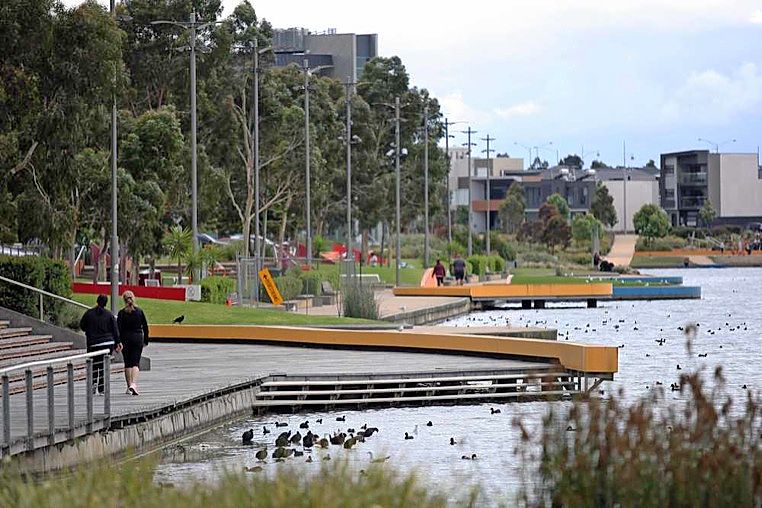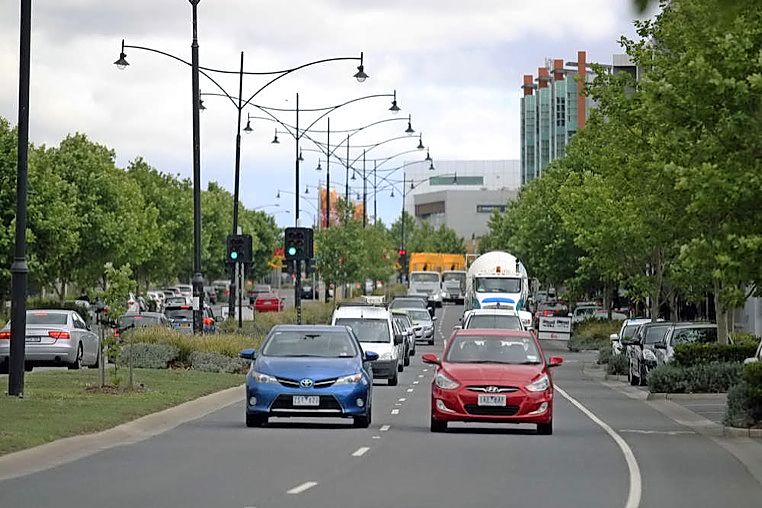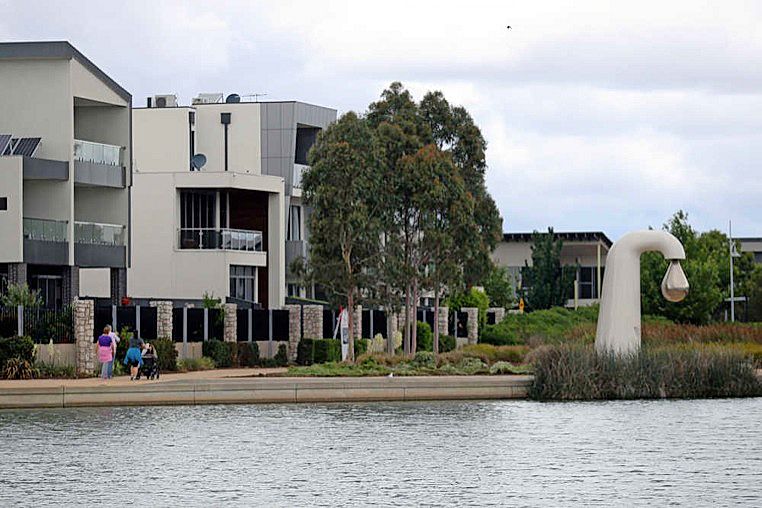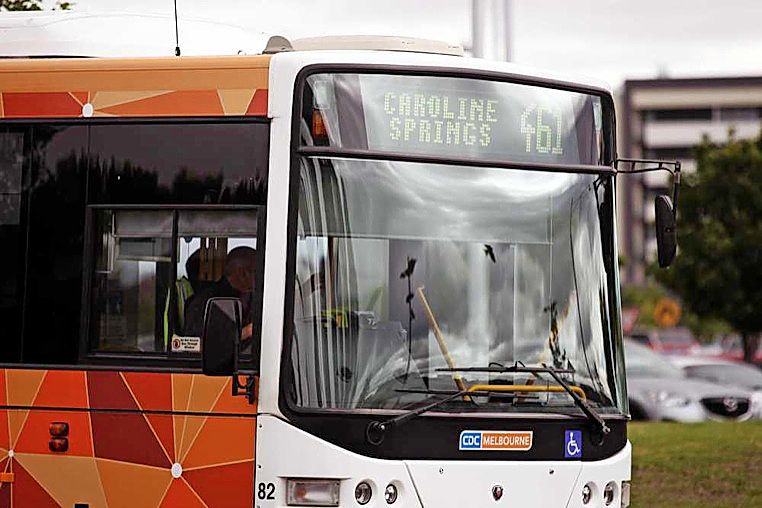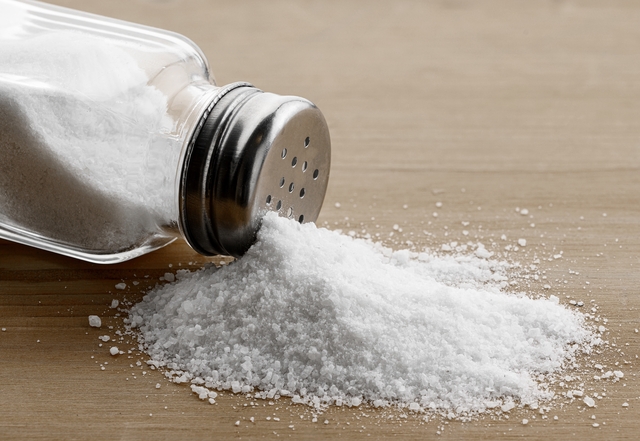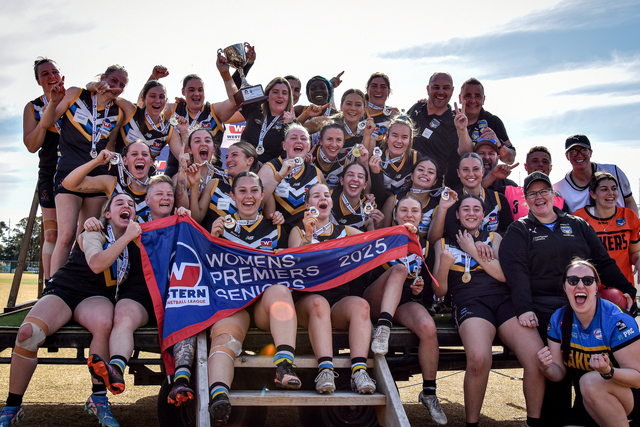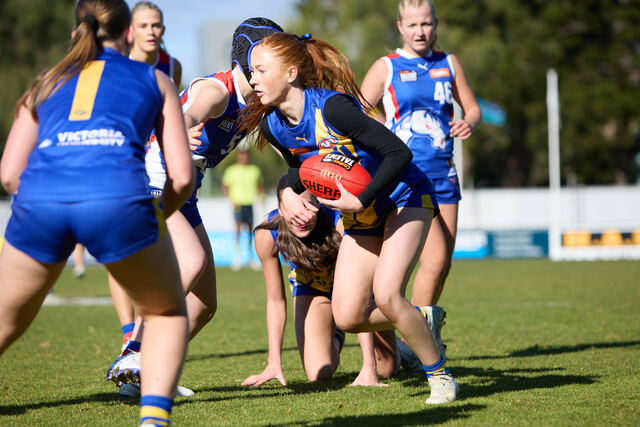Residents in Caroline Springs and surrounding suburbs have rubbished a recent study that ranked their neighbourhoods poorly on a suburban liveability list.
A Deloitte Tract study released this month ranked Caroline Springs at 313 out of 321 of Melbourne’s most liveable suburbs.
It was part of a cluster of “master planned communities” in the Melton council area that ranked poorly, including Burnside Heights at 307, Taylors Hill at 314 and Burnside at 315.
The liveability index scored suburbs from zero to five, zero being the worst, relating to crime rate, cafes and restaurants, cultural sector, telecommunications coverage, access to public transport and the size of shopping facilities.

Caroline Springs received scores of zeroes and ones in all of those categories. It performed well in the public open space and proportion of congested roads categories, scoring four.
Residents took to Facebook to reject the finding and show support for their community.
“Pretty poor explanation for its position,” one resident posted.
“Cafes? Are they serious? So disappointing to not have any support for amazing local businesses. Red Beetle cafe and Brew Brothers have fantastic coffee and great service. It’s so easy to get to the city, straight on to the freeway, and the nearest train station right now is 20 to 30 minutes on a bus.
“What a lousy rundown of our suburb.”

Another said that he believed the report was “fear mongering”.
“We have no swimming pool and we need one, but we are fairly well spoilt for choice when it comes to restaurants and eateries,” he wrote.
“Don’t take any notice of this study.”
Parts of Caroline Springs and Burnside Heights recorded property sales as high as $1.6 million earlier this year, leaving the previous median house price of $243,750 in the dust.
Barry Plant Caroline Springs director David Lussi said he was “dumbfounded” by the study results.
“They’ve obviously made a few mistakes on that study,” he said.

“We have a great cafe and restaurant precinct, which offers an array of cuisines. Many of these cafes and restaurants overlook the lake.”
Infrastructure issues have long been on the radar of residents, but much more development has occurred in recent years, he said.
“Caroline Springs is well connected with public transport and we have the train station due to open next year, which is likely to be used by 1500 people a day.”
The train station, which is on the Ballarat line, is being built 16 years after developers turned the first sods in the suburb.
Caroline Springs won a 2006 best urban design award and is popular with families seeking affordable house and land packages.
Why they ranked poorly
Burnside Heights: 307 (worst out of 321 suburbs)
Burnside Heights has uncongested roads, great open spaces and decent schools but falls down significantly in other areas, most notably telecommunications coverage, culture, cafes and tree cover – and there is a high crime rate.
Caroline Springs: 313
Caroline Springs has a rapidly growing population, but this is not matched by amenities and facilities. Scored poorly for telecommunications coverage, culture, cafes and tree cover, and has no train service (although this is planned).
Taylors Hill: 314
The suburb scores very low for culture, cafes and tree cover. What it does offer is relatively uncongested roads and decent bus access.
Burnside: 315
The suburb has very few schools, minimal tree cover, cafes and culture, and weak telecommunication coverage.
For the full list of liveability scores, go to bit.ly/1OazP3P

